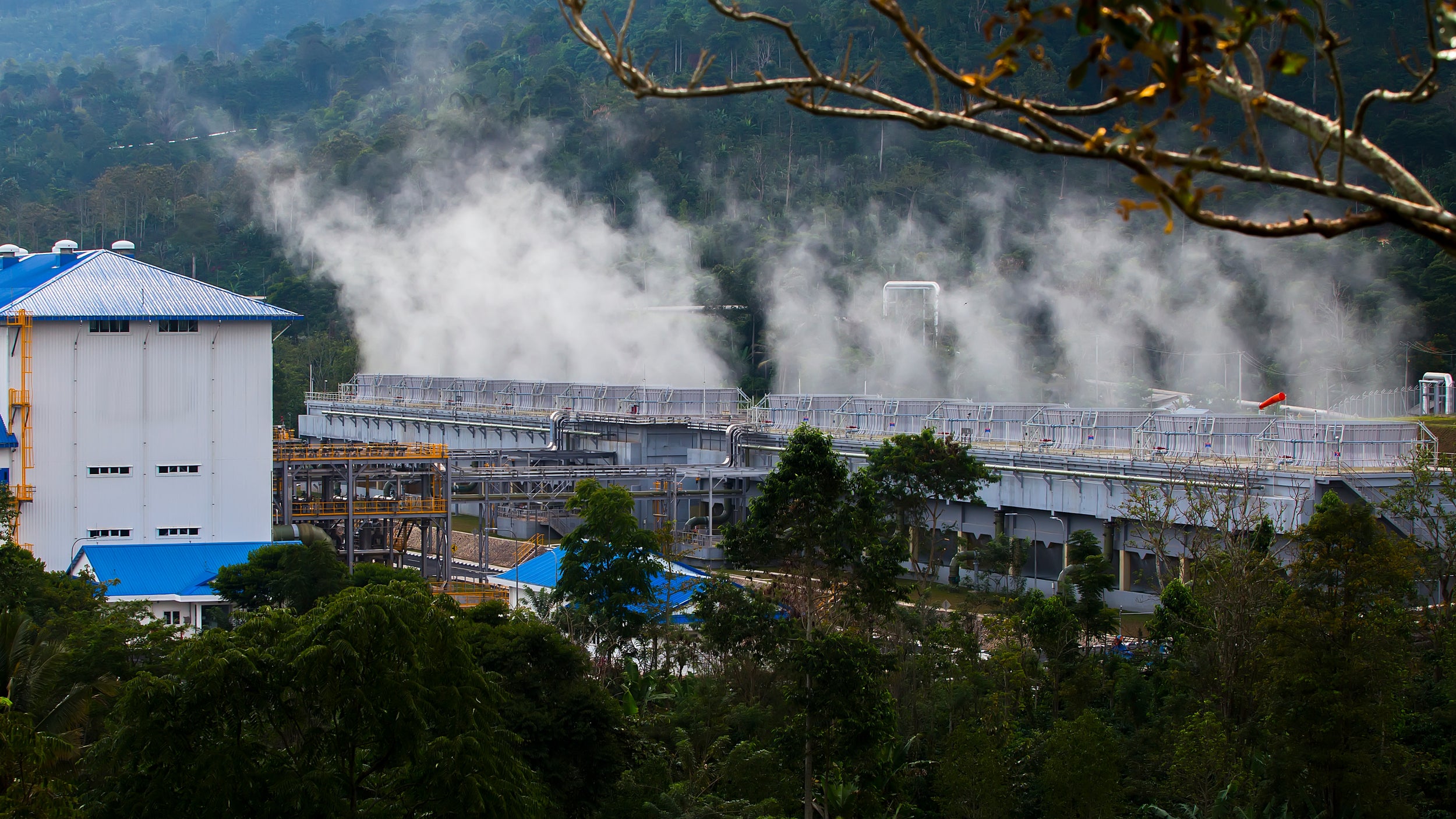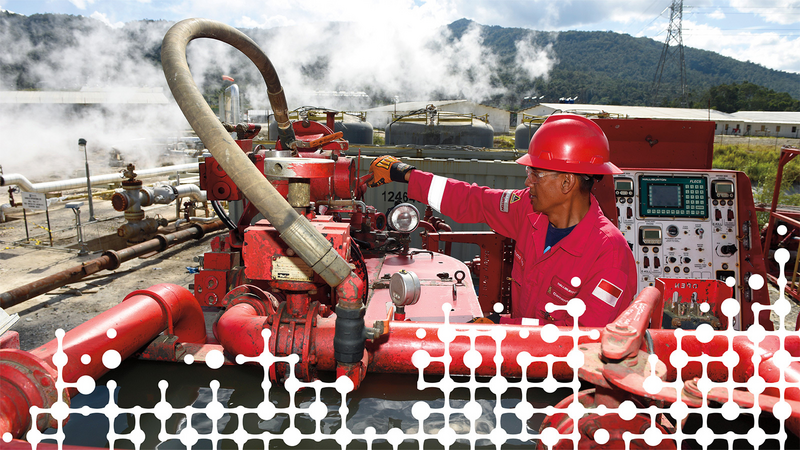 Search
Search
 Search
Search

Byline by: Sam Abraham, senior geothermal technical advisor
Modern geothermal exploration and well development continue to re-draw the global map of potential geothermal energy sites. As operators drill deeper, longer, and create more complex well paths, understanding risks and adapting with innovative solutions could determine project success or failure.
Today’s enhanced geothermal systems (EGS) and advanced geothermal systems (AGS) involve more complexity than conventional, hydrothermal wells and require a greater focus on risk mitigation. Because the economic life of a geothermal well/development spans 20 to 30 years, risk mitigation in all aspects of development is essential.
While these projects share some risk characteristics with conventional geothermal projects, they also present unique challenges due to the harsher environments operators must navigate. However, once operators understand the obstacles and choose solutions specific to geothermal drilling, they have a better chance of successful project delivery.
EGS and AGS projects can require drilling up to 20,000 ft (6.096 km), unlike conventional geothermal projects. Historically, conventional geothermal projects used smaller drilling rigs, but the more complex EGS and AGS projects with larger boreholes require larger, more efficient, more powerful rigs and drill bits designed to handle rock strength, rock abrasitivity, and higher temperatures.
Modern rigs, such as those used in unconventional oil and gas applications, include the strength and capacity to withstand longer operating times. When operators choose drill bits for efficiency, they can also mitigate the likelihood of downtime caused by the need to replace worn bits or other components of the bottomhole assembly. Cutter technology, gauge protection, and simulation tools can all help operators predict drill bit performance and potential issues.
In addition, harder formations create more vibrations on pipes. This challenge can result in equipment damage and failure, as vibrations cause fatigue and stress on drill strings, bottom-hole assemblies (BHA), and other equipment. Vibrations can also interfere with sensors, which leads to inaccurate data and potential safety hazards. They can also reduce drilling performance and efficiency. To help avoid the issues caused by vibrations, drilling equipment requires more strength and heat resistance to penetrate challenging formations effectively, efficiently, and safely.
Oil and gas service providers can help reduce vibrations through the adaptation of drilling tools and technologies. Tools used in traditional oil and gas horizontal drilling operations often apply in geothermal environments with modifications for high-temperature and harsh environments. For example, drilling fluids often lose their lubrication properties in high-temperature environments, which can result in ineffective pressure transmission for downhole tools. The use of additives in the formula helps mitigate this risk and allows drilling fluids to function as intended. The same applies to cooling these fluids; mud cooling systems used in some oil and gas drilling applications directly apply to geothermal drilling.
Another challenge lies in the requirement for operators to drill complex well paths for EGS and AGS projects. Proper well placement requires careful planning and risk mitigation to land wells at the correct depth and spacing and to avoid subsurface wellbore collisions. When operators drill geothermal wells, total losses in circulation make the use of pulse telemetry for well placement unfeasible.
Although much of the directional drilling equipment used in oil and gas exploration applies in geothermal environments, directional drilling solutions for real-time steering controls and collision avoidance cannot depend on circulation (pulse telemetry). The visualization and autonomous decision-making to mitigate potential drilling issues and achieve consistent results require equipment with a higher temperature rating and an electromagnetic pulse sensor to transmit signals to the surface.
Like other elements of geothermal well design, bottomhole assemblies, and completions need to withstand higher temperatures and harsh conditions. Geothermal wells often drill through harder, hotter rock, which requires different bit designs and bottomhole assembly designs. When drilling a geothermal well, operators look for formation losses in the production section – which can cause the loss of buoyancy and shock absorption to the drill string in the wellbore. Without shock absorption, service providers need to design the bottomhole assembly to track the vibration.
The acidic environment of geothermal wells can also affect completions and casings. Traditional casings may fail in a geothermal well due to the high temperatures, as the metal may expand and contract. Thermal cycling requires workovers to cool down and can affect well integrity. In these applications, operators must pay careful attention to metallurgy to combat the effects of extreme temperatures.
Cementing also plays a crucial role in helping to manage geothermal well risks. The cement placed around the casing provides a critical barrier and must protect against micro/macro channeling, withstand high temperatures, as well as address the expansion of metal casings when the temperature increases and decreases during thermal cycling. Cementing formulas designed for geothermal environments address these challenges and possess the properties to form a bond with the well to help ensure well integrity.
Operators must navigate unique challenges in modern geothermal exploration, but the ability to understand these risks and implement specific solutions improves the chances of success. EGS and AGS require robust equipment and innovative techniques to handle extreme depths and temperatures. Hardier drill bits, specialized drilling fluids, advanced directional drilling, and well design strategies help operators mitigate these risks and aid in the long-term, economic production of geothermal wells for a sustainable energy future.
Learn more about Halliburton’s geothermal solutions.

Halliburton delivers a low cost per megawatt in geothermal well construction by driving efficiencies in asset development, from field exploration through field optimization.